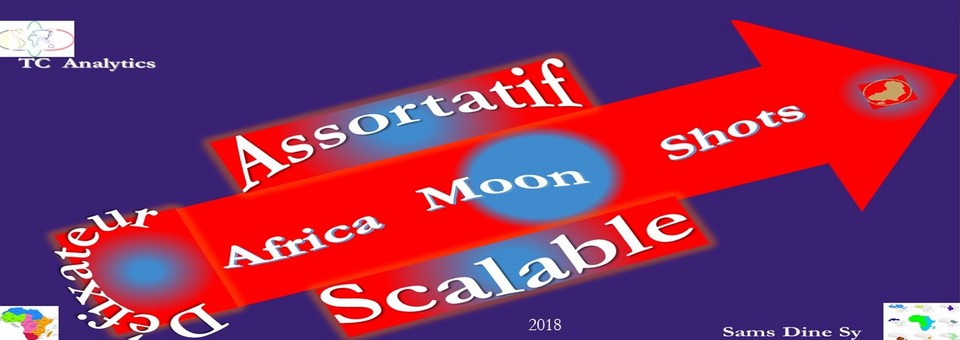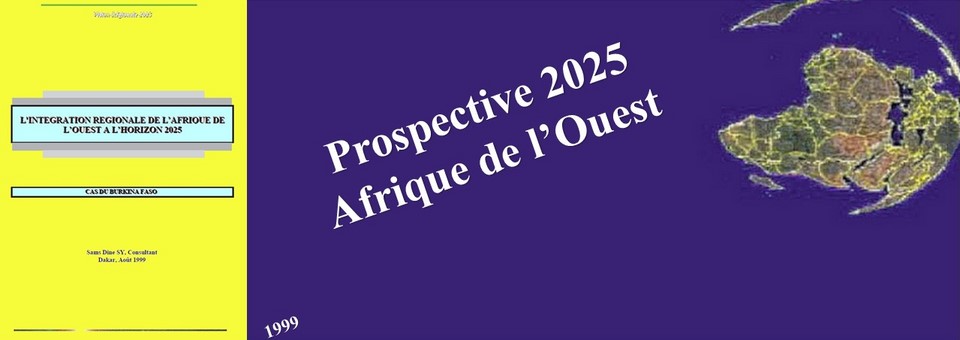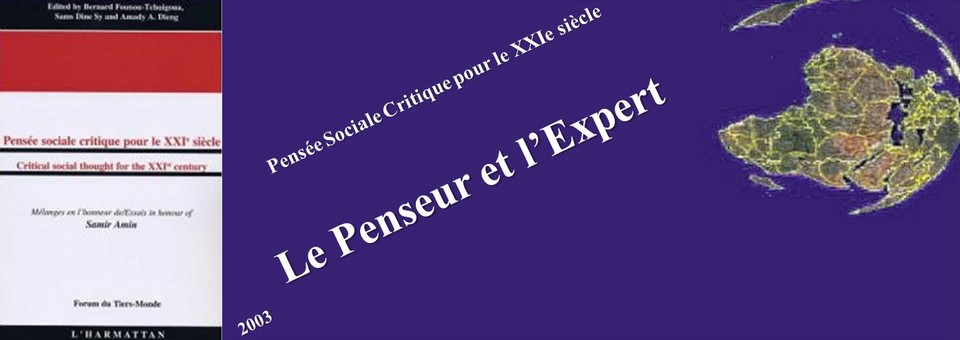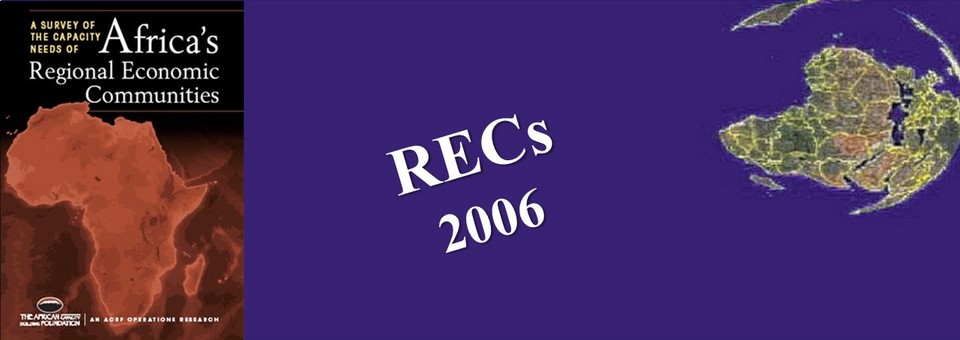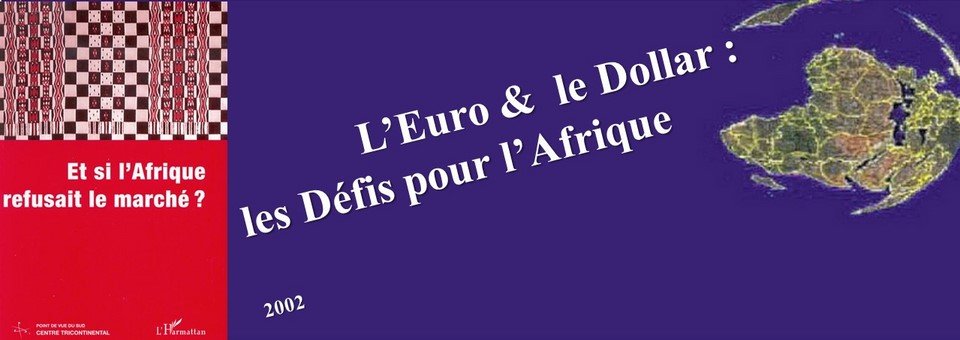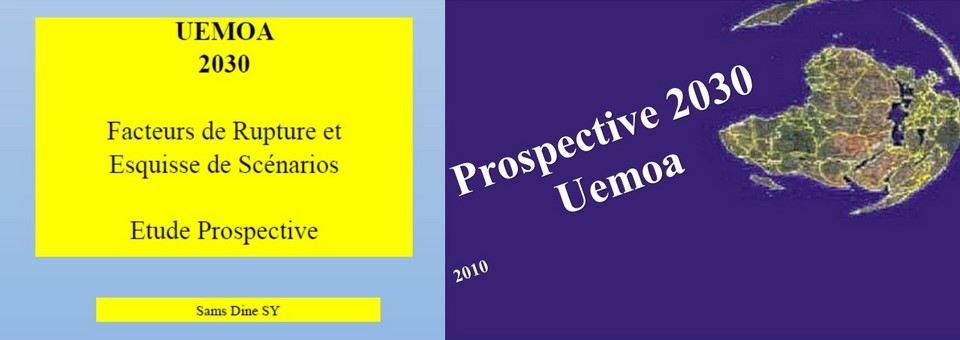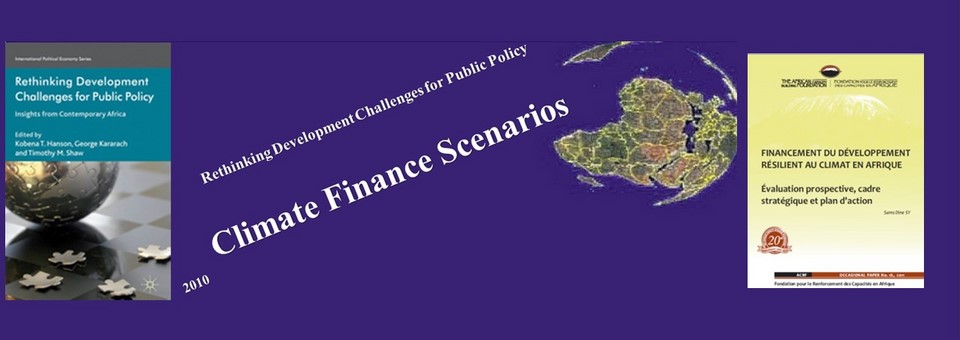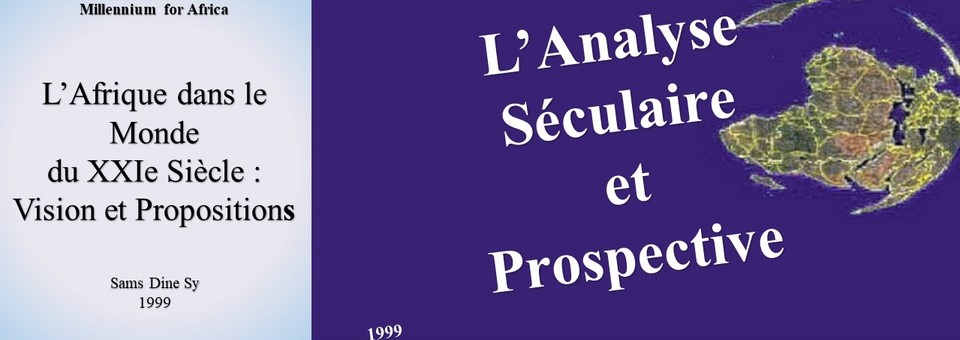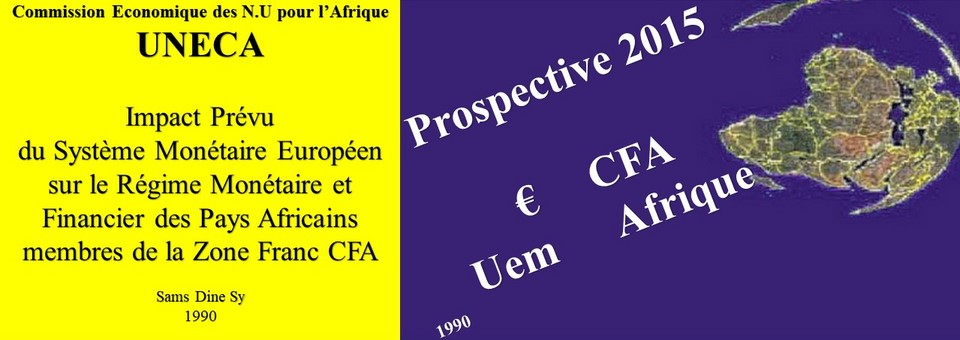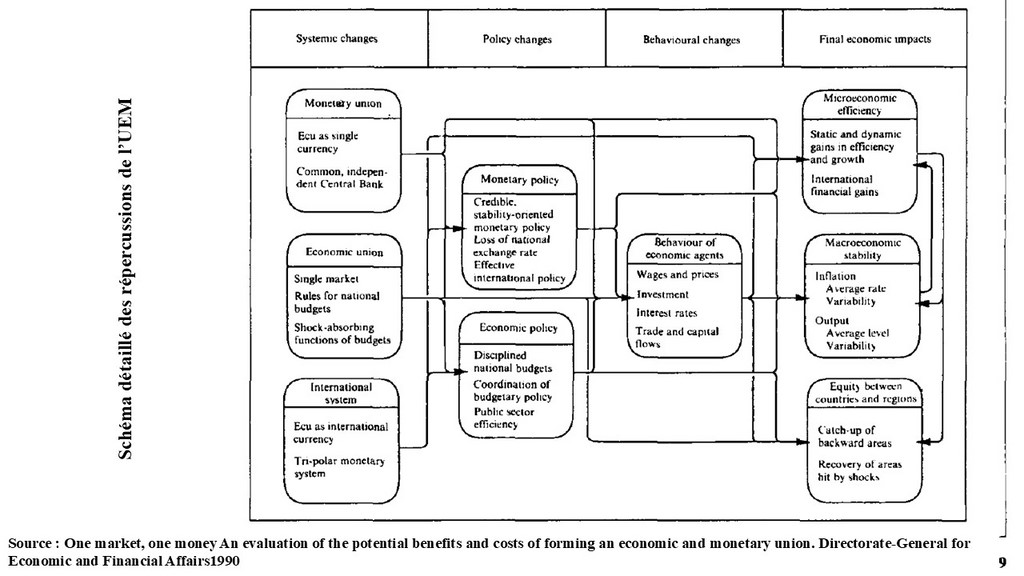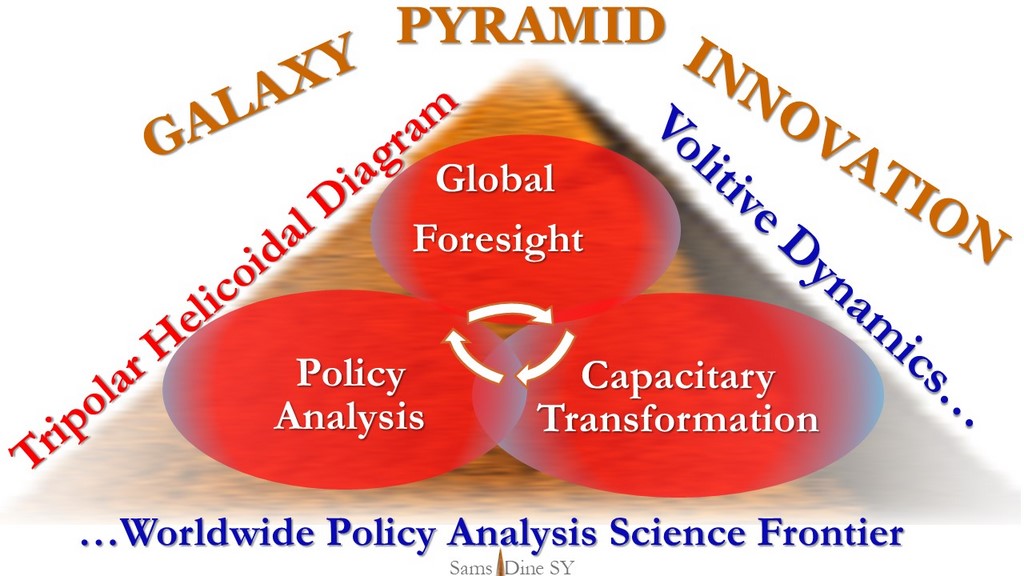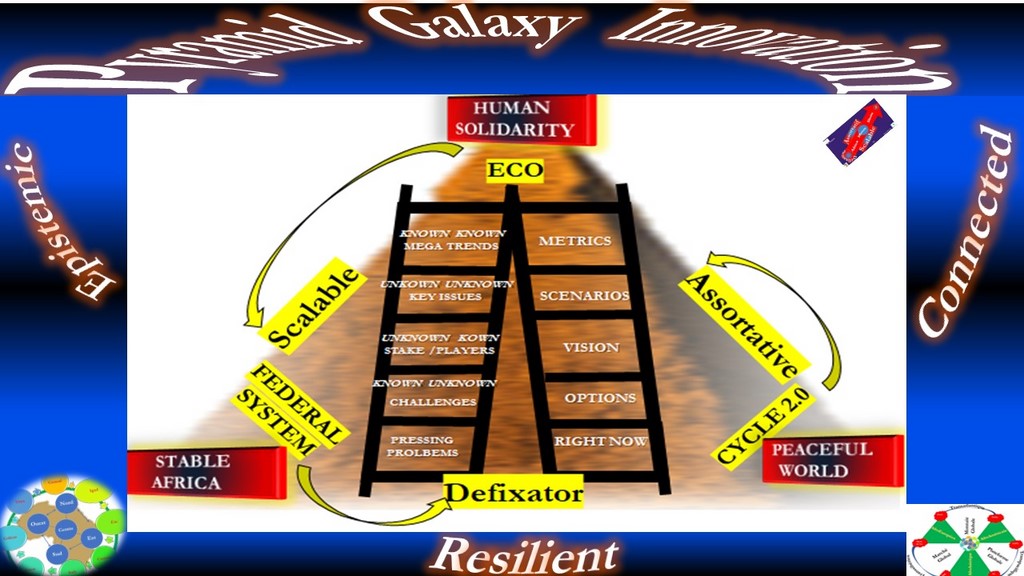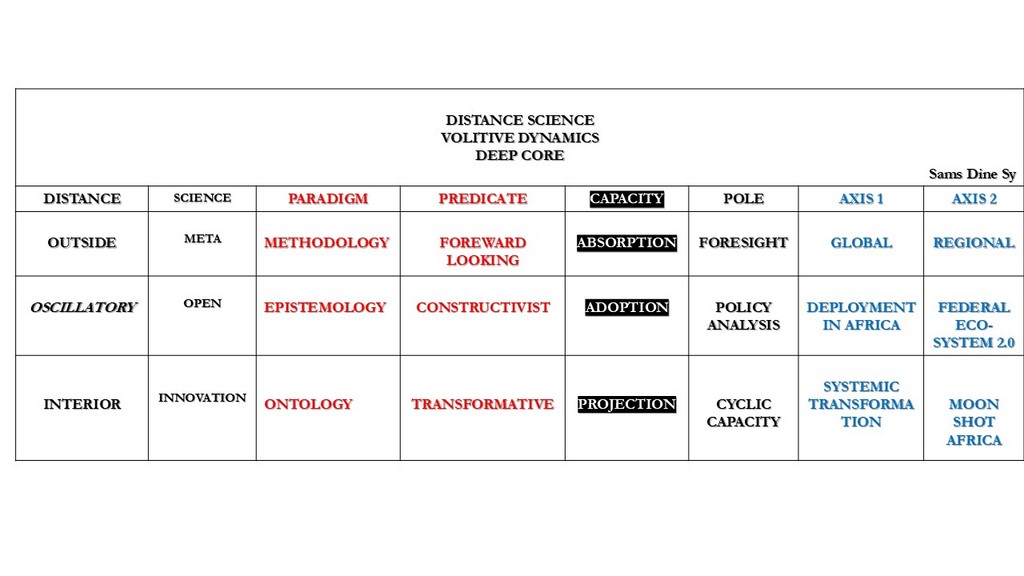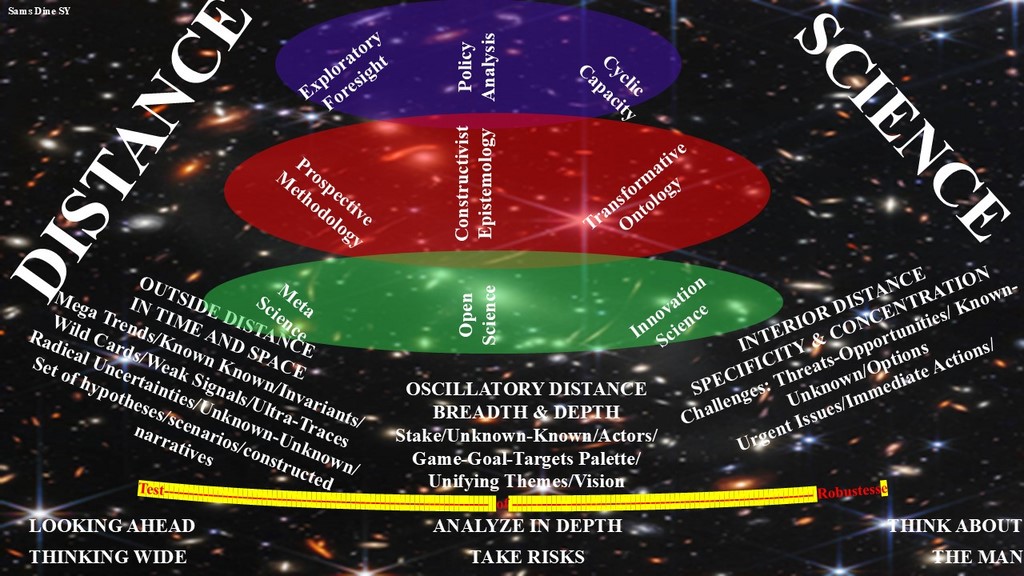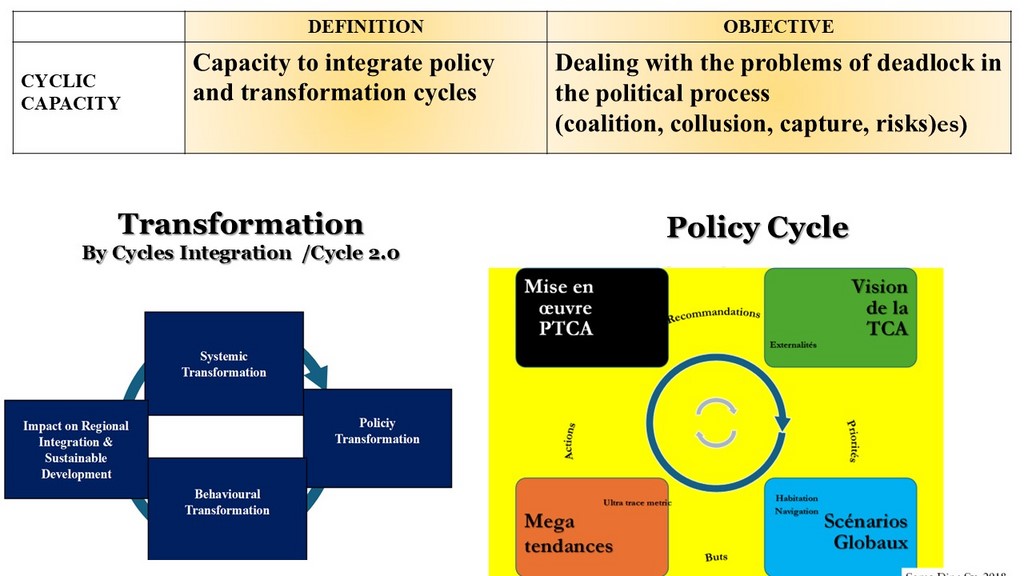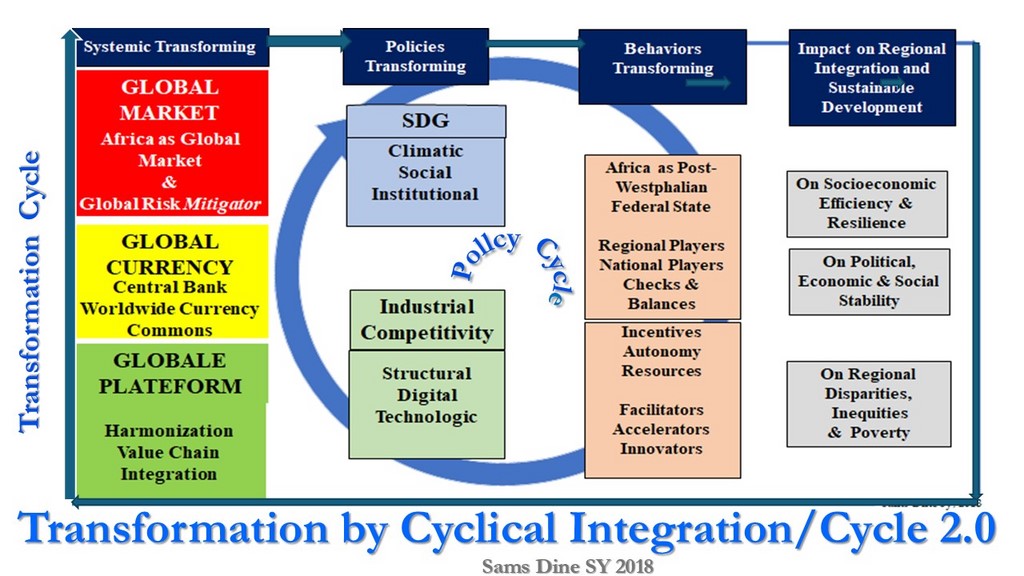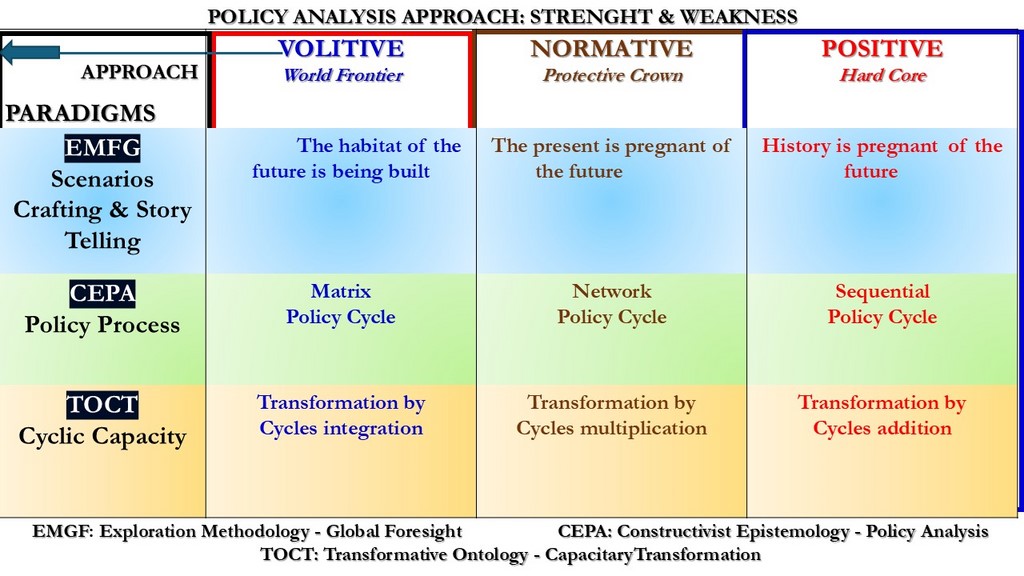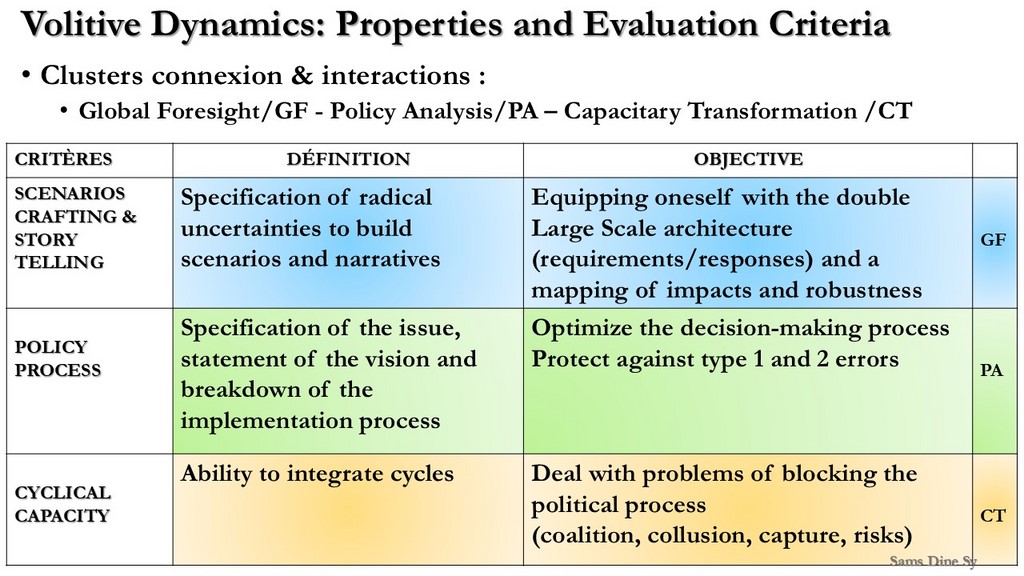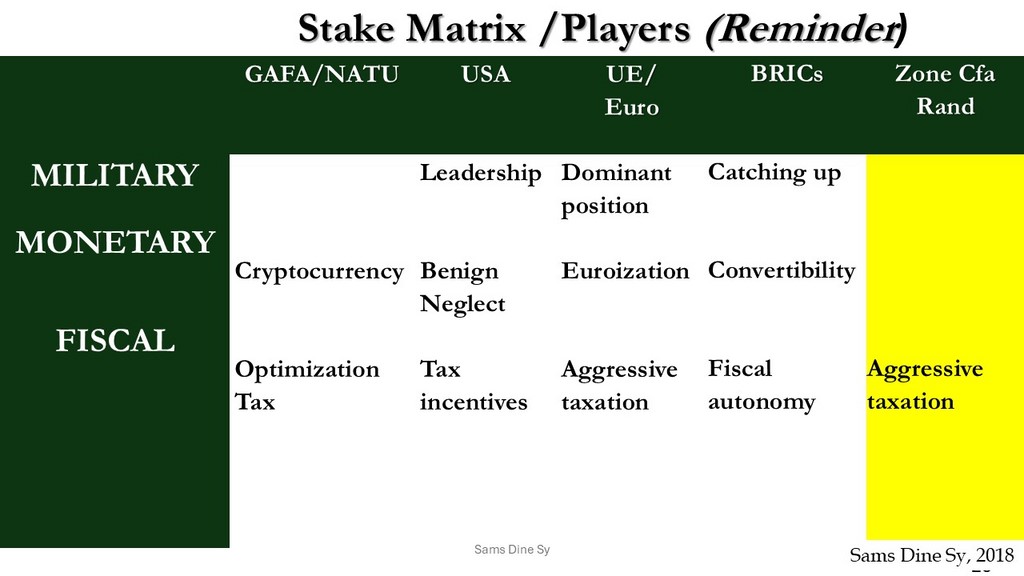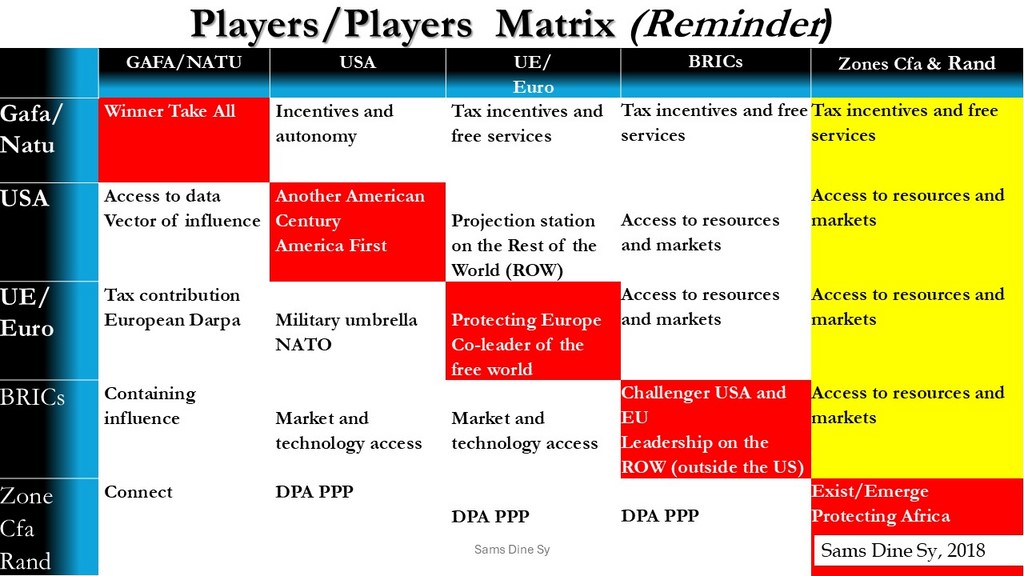Saving Europe "whatever it takes": mission impossible?
Summary
- Introduction
- The Draghi report finally available
- A competitive transformation project
- In search of a Master Plan
- Saving Europe "whatever it takes: mission impossible
- Conclusion
- Detailed diagram of the impact of EMU
- Overview: Distance Science & Volitive Dynamics DeepCore
- Cyclic capacity: Definition, Objective
- Transformation by Cyclical Integration
- Distance Science & Reproductive Spillover Framework: Dimensions, Paradigms, Poles, Attitude, Science (Meta, Open, Innovation)
- Policy Analysis: Strengths and Weaknesses
- Volitive Dynamics: Properties & Evaluation Criteria
- Pyramid Innovation Galaxy
Save Europe "whatever it takes": mission impossible?
Sams Dine SY*
11/05/2024
Introduction
"The future of European competitiveness" or the Draghi Report is intended to make it a precursor through a series of transformations, exclusively of a policy nature, without any clarification on the reasons for this choice, or why other options and cycles are excluded. Even less so on the modalities of articulation with the political process of the European Union (EU). It aims to be part of a new approach to regional integration without arbitrating between the two that have coexisted there since the Marshall Plan (1948 for 16 countries, all European) and which survived the Delors Programme (Economic and Monetary Union, EMU, 1988). It is part of a logic of anticipation of all these shocks, ruptures or paradigm shifts announced by several signals for at least three decades without taking the trouble to locate them on a scale according to their degree of uncertainty and reality.
A textbook case for Distance Science when each word refers to one of its components: external and internal for the first and third, oscillatory for the second. This Science is not that new since it is at the origin of the pyramids since the invention of the first writing and of mathematical science (L.S. Senghor, Atlas de l'Afrique, Jaguar, 2000) and of all the sciences that are its heritage. It therefore has a Reproductive Spillover Framework of which the Volitive Dynamics, the deep core of Policy Analysis, is the concrete expression through its royal road or Large-Scale Architecture. The latter serves as a textbook to propel into the Pyramid Innovation Galaxy and in this case, via growth paths whose dynamic efficiency is competitiveness.
The European case is all the more interesting because it is a global space whose modalities of inscription in time are in fact delegated to another space, American not to mention it, where the future always stems from past history. Thus, several models of regional integration have always coexisted, making the notion of European union blurred and adhering to a common vision of the federal state more difficult. This space is therefore always in search of a great transformation, which therefore challenges Distance Science when it makes it a combination of cycles whose articulation with the policy process is decisive in order to inscribe it in an approach stemming from the combination of paradigms and attitudes.
A Moon Shots Analytics is therefore a good source for sharing experience between different regions of the world or groups of countries looking for transformation.
Keywords
A report finally available
While the injunction was able to achieve consensus, the required budget, estimated at at least €800 billion per year (about 4.5% of the EU's GDP), is controversial. I might as well admit "Mission Impossible!". Less because of the financial envelope required than because of the reference to a static and unrealistic model of the "Great Transformation" type (K. Polyani, 1944) based moreover on a single cycle articulated with a sequential policy cycle. It is as if no lessons have been learned from past experiences.
The immediate effect was the postponement of the publication of the report under the pretext: "so as not to influence the European elections in June" and then "still at the drafting stage" even though it is July. Refusing the citizens' debate discredits this relationship: the European Union would therefore be an aggregate of polyarchies (R. Dahl 1962. Who Governs? New Haven, Conn.: Yale University Press) in the hands of an epistocracy (M. Lucky). A first limitation that questions its relevance.
A competitive transformation project
However, it does not specify the extent to which these transformations are of a systemic nature, if only by reference to one of the changes adopted in the EMU programme (1990): monetary union, economic union and the tripolar international system. It is content to make the first element of the second change, namely the completion of the internal market, a Building Block (B2) before adding three others: global strategy, financial policy and new governance. The report does not take the trouble to articulate them in such a way as to shed light on the growth paths by which dynamic efficiency has the ultimate effect of competitiveness.
How to be a first-mover without an in-depth reflection on innovation systems in all their dimensions? How to embark on a competitive transformation in 2024 without making digital transformation a priority at the same level as technological transformation? The current and future context has nothing to do with the one that led to the "single market, single currency". The opening of the European market, the upcoming invasion of cryptocurrencies and the possible irruption of quantum are not handicaps or threats but necessary steps towards a global market, a global currency and a global platform. Ignoring the systemic scale of these transformations definitively relegates to the status of a passive follower, or even a simple open access resource.
In search of a Master Plan
- systemic around the single currency, the single market and the tripolar international system;
- politics with economic policy and monetary policy;
- behaviour of economic agents;
- for a final economic impact defined in terms of microeconomic efficiency, macroeconomic stability and regional equity.
It also points the way forward to restore competitiveness through the allocative efficiency of the growth path (OECD Technology & Economics: TEP 1992: Determining Relationships, 1992).
However, the approach adopted in 1990 does not bother to define the changes in terms of transformation cycles. It therefore remained in a traditional model of addition of cycles and sequential articulation: a model that was very widespread at that time, except that it did not take into account the complexity of the unit of analysis (a community of states) and the domains concerned (the attributes of sovereignty). Hence the feeling of disappointment and frustration widely shared three decades later and the European Commission's order for a real Master Plan as a break with this approach.
The harsh sentence pronounced by the Draghi report does not, however, reflect the seriousness of the situation since it is part of the same reference framework and reduces the quality of a Master Plan to its advantages and costs according to the classic economic approach.
Limiting European competitiveness to its industrial dimension and a challenge is a mistake for such a composite area. Its future does not only make it a monetary issue - the EU's sole attribute of sovereignty - especially since its fate is at the heart of the new kind of war underway. Like Europe, the United States in turn feels ill-prepared in the face of a double threat from enemies (China, Russia) and "an Axe of Growing Malign Partners" (the rest of the world, ROW). The response of the United States to the report of the Commission on the National Defense Strategy for the United States NDS (Final report to Congress; July 2024) still remains secret, even if the hypothesis of an upcoming "reproductive revolution" fomented by Darpa around the Crypto Quantum can no longer be ruled out. The emerging scenario would combine a global "Crypto Belt" that would throw the Belt Road into oblivion, combined with a "ScalpFlation" policy that would reduce the world to a state of hibernation. If such a scenario becomes clearer, the Euro would then be the main victim, reducing the Draghi report to an anecdote since it takes its stability for granted.
Master Plan must result in a triple capacity for projection, adoption and absorption by transforming a vision into reality while building a habitat of the future. It can therefore be assessed in the following terms:
- dynamic efficiency of growth paths for competitiveness and transformation of Europe into a first-mover: at the heart of the report;
- robustness of the "Europe as a Federal State" vision as a global player by providing a matrix of issues/actors and a real game/goal/targets palette: partially addressed;
- anticipation of systemic shocks and radical disruptions through a range of global scenarios combining several hypotheses: ignored.
Not only does the Draghi report do less than the Delors programme, but it is just as trapped as the latter in the stages heuristic, this royal way alone explaining the European impasse. It is therefore more of a simple project than a complete Master Plan for competitive transformation.
Hence the agonizing question...
Save the Euro(pe) whatever it takes! : Mission Impossible?
The injunction had the immediate effect of postponing its publication on the pretext: "so as not to influence the European elections in June" and then "still at the drafting stage" even though it is July. Refusing citizen debate discredits this relationship: the European Union would therefore be an aggregate of polyarchies (R. Dahl, 1962. Who Governs? New Haven, Conn.: Yale University Press) in the hands of an epistocracy (M. Lucky; APSA Annual Meeting & Exhibition_ Learning vs. Knowing Regimes_ Knowledge Production in Epistocracy and Democracy, 2021).
The choice of the title "future of European competitiveness" says a lot about the content of a report that refers to all the components of the Science Distance: - external or global in the long term: the future of humanity in interaction with that of Europe;
- oscillatory: the EU is a global player as a state with a robust vision or a stake through its resources;
- internal or regional in the short and medium term: the competitiveness of the European innovation system makes it a firs-mover by path dependency or a follower by locking-in.
The first explores the future of Europe as a region of the world, unlike the "Global Trends" (NICs) which plan the evolution of the world from the USA. The attentive reader will not fail to refer to the results of the previous European foresight exercises for 2010 and 2025. The report is careful not to answer the question: why is Europe incapable of anticipating global and long-term disruptions and shocks to the point of delegating its foresight to the United States? In fact, the Draghi report fits well into this scenario of "de-Westernization of the world by 2025 carried out by NIS in 1999. A scenario marked today by the race between a winged tiger, a depressed bear and a bionic bull to embody in turn the exclusive globalization inscribed in the thousand-year-old European tradition.
The second tests the robustness of the EU's vision since monetary union became a unifying theme of the one declared in the 1980s, the other two being economic union and the ECU as an international currency alongside the yen and the dollar. This issue raises questions about its fate, knowing that the Triad has been orphaned since Japan has been downgraded without being replaced. Two players – China and Russia – are described as enemies by the United States when they question the five monopolies over which its hegemony exists: innovation, control of financial flows, free access to natural resources, control of information and communication, and a monopoly on weapons of mass destruction. . The rest of the world, including Europe, is reduced to a stake, even if a few minor players are described as malign partners.
The shortcomings that make Europe a minor player must be clearly separated from those that make it an issue. However, the report mixes them up before structuring them around five building blocks to supposedly manage industrial transformation. The stationary state of the European Union makes it an issue whose direct and static effects are a multi-level governance of the Jacobin type and the segmentation of the market instead of being a single one as agreed in 1990. As a result, there is no overall strategy that should not be limited to the industrial, commercial and financial aspects.
Economic agents do not behave in the same way depending on whether Europe is a player or a stake. The transformation of their behavior does not follow from the three advocated (innovation, energy, security) nor is it sufficient to make Europe a player. A careful reading of the NDS report (2025) provides some clues about what awaits her if Eu continues to play the smart malign partner. The report carefully avoids addressing the fundamental question: why does the EU still have no vision and is content to aspire to the status of a member of a fictitious Triad?
The third focuses on the "coherence and diversity of innovation systems in Europe", "national innovation financing systems in Europe", "the future of industry in the global context", "investment, innovation and competitiveness within the Triad" and on "the competitiveness map as an avenue for growth". The attentive reader will not fail to ask: what is new since all the alerts issued during the 90s by Fast Monitor (FOP 349 and 357, 1993), OECD (1005), Merit (1993), ITPS (Eur 19032, 1999)? What about the Green Paper on Innovation (BUE, 1995) and the First Action Plan for Innovation in Europe (EC, 1997)? Initiatives and programs follow one another, so they are intertwined without any result?
However, the experience of productivity missions carried out within the framework of the Marshall Plan and at an insignificant cost should have inspired the author of the report since he aims to eclipse this historic moment. C Stoffaes even made it an invisible revolution in "The Marshall Plan and the Economic Recovery of Europe. 1991». He simply omitted to point out that while these missions covered almost every field, there were some that were totally excluded: to learn how the federal government made decisive qualitative leaps in the advent of the "American century" thanks to Policy Analysis Science and to what extent the Marshall Plan provided the opportunity to make post-war Europe the main Test-Bed without its knowledge, to enclose the nascent European policy process in the stages heuristic through a transformation model by addition of cycles. Ironically, it is the European Commission that is spreading this approach by replicating the EMU Programme in the former Soviet bloc through the Shatalin Programme in 500 days, then through UEMOA, CEMAC, ECOWAS and the African Union.
During this time, this approach was at the heart of "paradigm wars" on the distinction between what is analytical or normative, on the notion of the policy cycle and the number of stages, the multiplicity of components or streams (J. Kingdon); causal links (P. Dye; F.S. Berry; F.S. Berry; F. R. Baumgartner), the structure of networks (S. Adam), the weight of institutions (E. Olstrom).
Better still, it is still in the USA that new concepts are discreetly and in real time being experimented with behind the Crypto-Quantum Policy Analysis in interaction with Open Science around the MITRE and the Potomac Quantum Innovation Center (PQIC) which are embarking on a real Quantum Moonshot Analytics. The GAFAMs, among others, are getting involved when they try to go further around the applications of Open Science in terms of resilience modelling on the sidelines of COP28. An event that went unnoticed. Despite everything, Europe is not to be outdone when independent organizations sponsor a congress in Kigali just before, on the same theme, focusing on AI, while the latter is to Crypto Quantum what the Internet of Things was to the Internet.
In the end, the Draghi report is careful not to answer the questions that mainly refer to the three issues: why Europe is incapable
- Anticipate disruptions and shocks on a global and long-term scale,
- to have a game/goal/target palette compared to that of the other major players and
- To be part of a transformation dynamic?
However, Europe's trajectory over the past millennium alone justifies a global foresight exercise of the "World-Europe" type, for example by 2050 and based on an exploratory methodology: what has been the purpose of all these foresight exercises carried out since the 90s?
The originality and "constructive ambiguity" of the European project make it an ideal framework for the policy analysis science of the "Europe, federal ecosystem based on a constructivist epistemology: why is the Westphalian state model invented in Europe increasingly tipping over into its Jacobin foil plagued by the scourges of mediocrity and corruption?
Europe's low competitiveness makes it a rich unit of analysis that is part of a transformative ontology: why this lock effect that still makes it a follower despite all the initiatives and framework programmes implemented since the 90s and supposed to make it a precursor?
It is therefore as if the Draghi report condemns Europe and makes its disappearance from the world map inevitable. Also, all countries are invited to create their own Moon Shots Analytics in order to get rid of this option.
Conclusion
«"They are pursuing their childish dream of building a world that goes from their Earth to the sky of mastery of life and forms. But they are missing... the cornerstone which is the pyramid containing the world. The absence of this foundation will bring down the best-conceived edifice and we will soon see the dispersed, undisciplined peoples devouring each other in a frightful chaos."Germany's cautious reaction, to say the least, to this report is certainly inspired by this sentence by R.A. Schwaller de Lubicz (Le Miracle égypte Flammarion homo sapiens, 1963).
A security council under the pyramid can undoubtedly get Europe out of this tower of confusion where it is the best represented continent while totally excluded from this other "Five Eyes" almost invisible since its creation in 1943, i.e. 3 years before its UN counterpart, but without a seat and above all not a personal address.
*Sams Dine SY, 5/11/2025
Former facilitator specialized in expert group management
Facilitator of the https://samsdinesy.org/ platform
